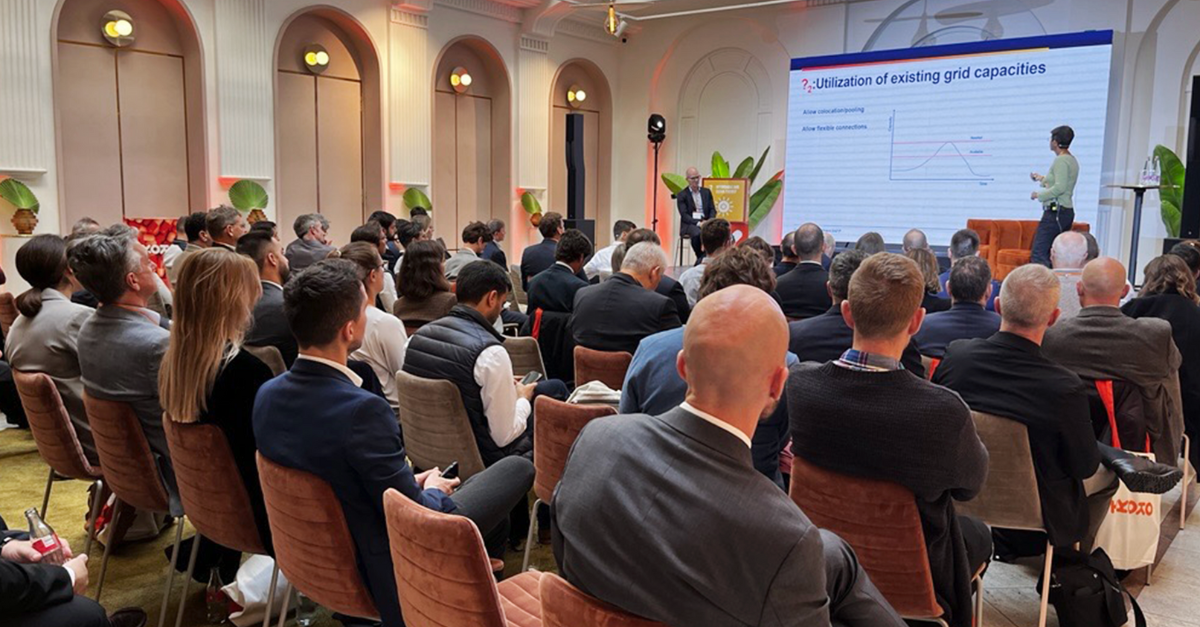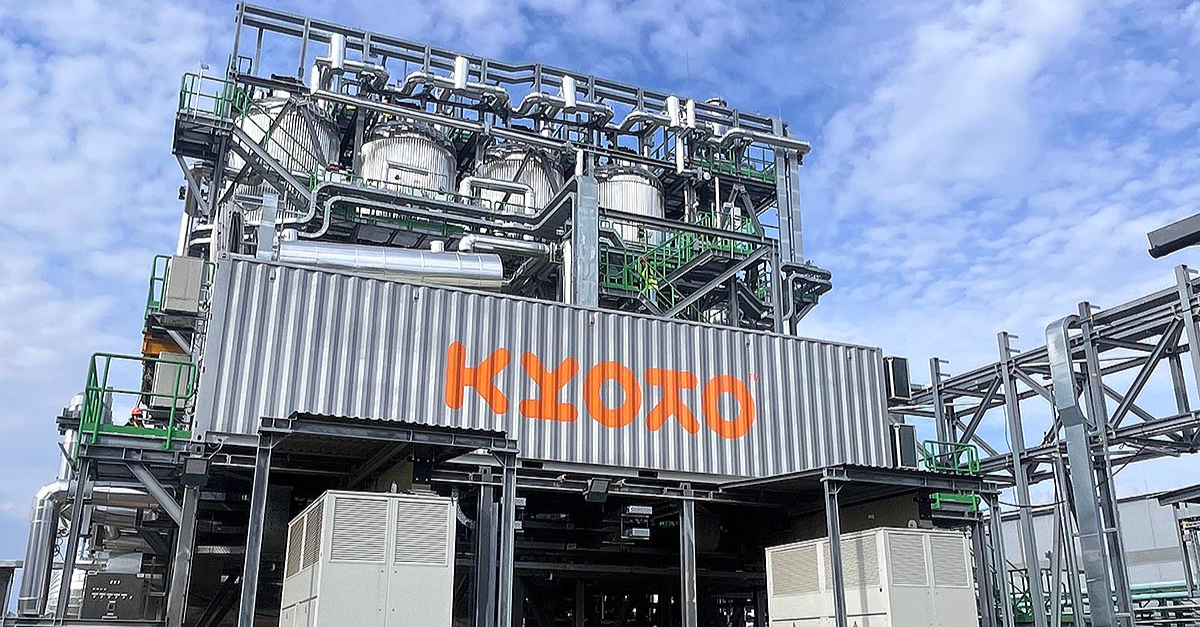Power Moves: Smarter energy in action this May
Industrial decarbonization is gaining ground, and this month, we spotlight the moves that are making it real. From the latest at KALL Ingredients Heatcube to fresh insights on Heat-as-a-Service (HaaS), we're seeing how clean heat is becoming both practical and profitable.
We look at how HaaS outcompetes gas in cost and risk, why Spain’s recent blackouts reveal a critical gap in energy storage, and what scalable solutions are already helping sectors like pulp & paper cut emissions without sacrificing performance.
Read on for key project updates, strategy insights, and a clear view of what it takes to decarbonize heat, at scale.

#2 Heatcube site update | KALL Ingredients
Exciting progress continues at the KALL Ingredients Heatcube site in Hungary, where the installation phase is now nearing completion. Insulation work is actively progressing, and salt deliveries have begun arriving on-site in preparation for the forthcoming delivery of the solids unit.
With most infrastructure in place, pre-commissioning and cold commissioning activities are now underway — critical steps to verify system functionality and ensure safety before full activation.
Looking ahead, the energization of the medium-voltage (MV) system is expected over the next few days, marking a key milestone as the project transitions into its final commissioning phase.

Why HaaS is cheaper than gas
For years, natural gas was the go-to for industrial heat. But today, it's a financial and operational liability. Prices are volatile, CO₂ taxes are rising, and fossil-based systems are becoming harder to finance, not to mention pressure from customers demanding real decarbonization.
Our Heat-as-a-Service (HaaS) offers a smarter alternative. With no upfront investment, no maintenance burden, and stable heat costs, companies can access clean steam through Kyoto’s Heatcube without exposure to market risk.
As Tim de Haas, Kyoto Group's CCO, puts it: “What industrial companies need is to de-risk the energy transition — not by waiting, but by letting someone else take on the risks.”
Industry Trends | Decarbonizing the Paper & Pulp industry
The pulp and paper industry is powering ahead on its journey to climate neutrality by 2050. A key player in this transformation? Energy storage.
As part of Cepi’s Energy Efficiency Solutions Forum (EESF), the sector is embracing innovative energy-efficient technologies and fossil-free solutions. Energy storage emerges as a cornerstone for reducing carbon emissions in paper production by:
- Storing renewable energy for use during peak times
- Optimizing electrified heating and cooling to cut costs
- Tailoring thermal energy to industry-specific needs like steam and hot water
- Reclaiming waste heat for reuse in production
- Reducing peak electricity costs and unlocking new revenue through grid services
- Ensuring backup power for uninterrupted operations
With rising industrial interest, energy storage offers flexible business models — from capital investment to third-party ownership, leasing, and aggregated services—making it more accessible than ever.
Read more on Cepi's fact sheet

Energy market pulse | What Spain's blackouts can teach us
Spain’s power outages have cast a harsh spotlight on one of the energy transition’s most pressing challenges: grid stability in a renewable-heavy landscape.
With renewables now accounting for up to 70% of Spain’s electricity, the grid is increasingly sensitive to fluctuations in supply. This vulnerability became clear when solar output plunged from 18 GW to under 5 GW in just over an hour, triggering widespread blackouts due to insufficient storage and grid inertia.
The problem wasn’t the renewables themselves, but rather the lack of grid-scale batteries and fast-acting storage solutions that can smooth out these dips. Unlike conventional power plants, solar and wind don’t provide the stabilizing inertia needed during sudden shifts.
As nations push forward with ambitious decarbonization goals, Spain’s experience is a clear signal: scaling renewable generation must go hand-in-hand with investment in modern storage infrastructure. The path to a resilient, green grid depends on it.



